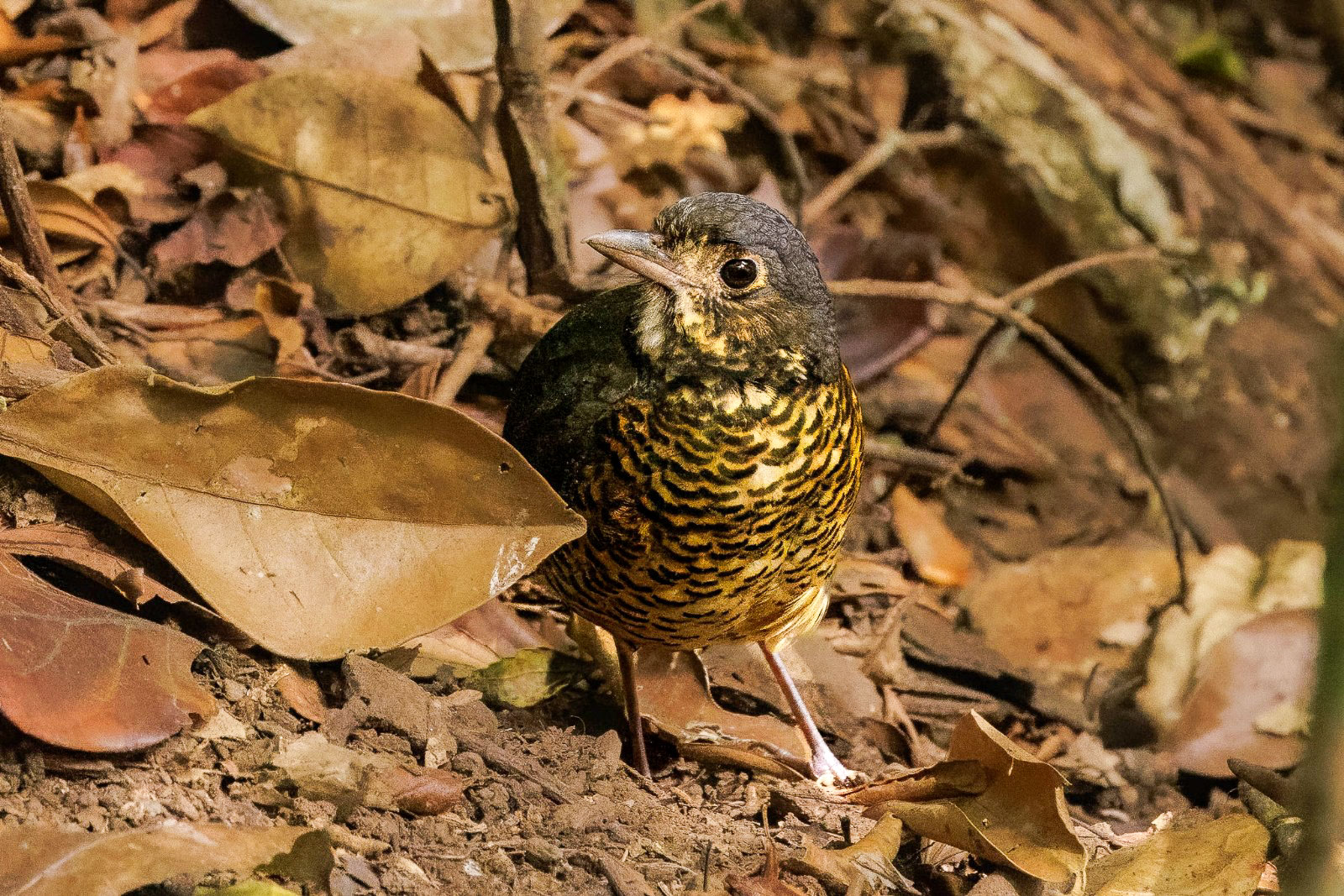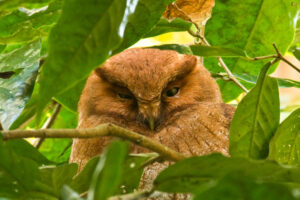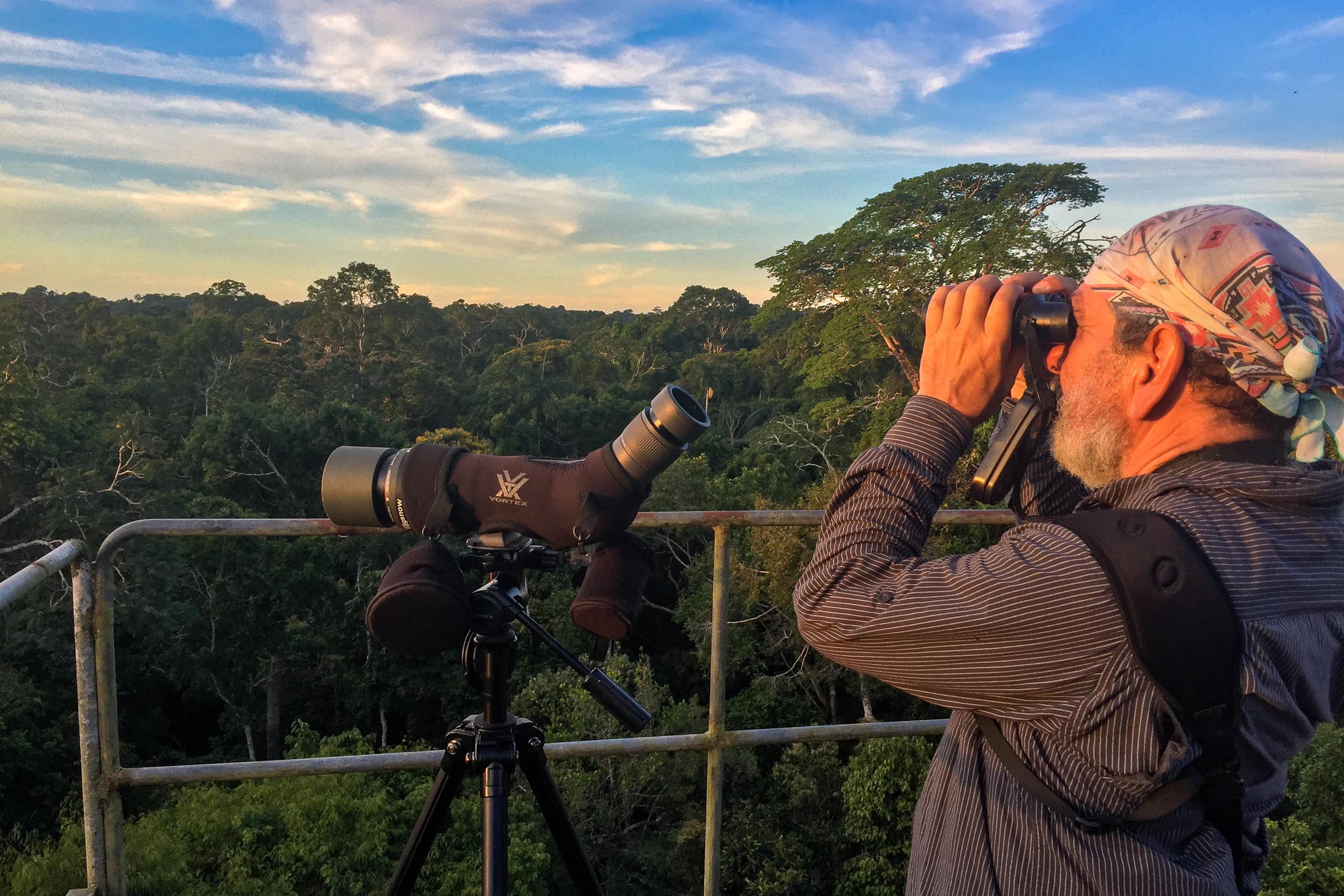An exciting discovery has shaken the scientific community: a potential new species of antpitta has been observed in the Sierra Nevada de Santa Marta, Colombia. This remarkable find, made by Nemesio Gulfo, a member of the ProAves Foundation team, has generated significant interest in the field of ornithology.
The bird was spotted near the ProAves El Dorado Reserve’s ecolodge, where ProAves ornithologists attempted to identify it. After thorough analysis—including detailed observations, song recordings, and precise measurements—it was concluded that this specimen likely represents a new species or subspecies for science.

The new Santa Marta antpitta
This new “Santa Marta Antpitta” bears some resemblance to the more commonly known Undulated Antpitta (Grallaria squamigera), whose range currently includes Andean foothills from Venezuela to Bolivia.
However, this bird exhibits unique characteristics, such as a gray head contrasting with olive-toned back and wings, a bright white “beard,” and a distinctive black collar around its neck. Initially thought to resemble Grallaria squamigera, closer analysis revealed significant differences.
This discovery is particularly noteworthy given the importance of the Sierra Nevada de Santa Marta as a biodiversity hotspot and center of endemism. Despite extensive birdwatching efforts in the region over the past decades, this new species has gone unnoticed until now, highlighting the need to continue exploring and protecting these unique ecosystems.
Ornithological highlights of Santa Marta
For birdwatching enthusiasts, the search for regionally restricted bird species in the Santa Marta mountain range typically focuses on endemics such as:
The Sierra Nevada de Santa Marta: a biodiversity treasure
Located in northern Colombia, the Sierra Nevada de Santa Marta is a spectacular and diverse mountain range. Its isolation and dramatic altitudinal variation—from Caribbean beaches to snow-capped peaks over 5,700 meters—make it a globally unique ecosystem. Recognized as a biodiversity hotspot, the region hosts numerous endemic and threatened species.
The Sierra Nevada is also rich in pre-Colombian culture and indigenous traditions, with native communities inhabiting its mountainous areas for millennia. Its varied ecosystems include tropical rainforests, high-altitude grasslands, peat bogs, páramo zones, and glaciers, providing vital habitats for countless species. The region plays a crucial role in climate regulation, freshwater supply, and biodiversity preservation in Colombia.
As the world’s tallest coastal mountain range, the Sierra Nevada’s unique topography contributes to its high endemism and ecological significance.

The debate surrounding the discovery
While additional research and evidence are needed to officially confirm its status as a new species, this discovery underscores the importance of biodiversity conservation in Colombia. It also highlights the critical role private reserves play as effective mechanisms for protecting ecosystems and their unique, endangered species.
The research team, in collaboration with the University of Antioquia, plans to publish their findings next year, providing a solid foundation for future studies and conservation efforts. This discovery serves as a reminder of the importance of preserving natural habitats to ensure the survival of species and the health of ecosystems.
However, the discovery has sparked debate among ornithologists and experts. While information on capturing, measuring, and releasing specimens has been shared, some international experts and birdwatching guides have expressed doubts about the validity of the claim.
One contentious issue is the lack of a physical specimen to support the discovery. Although feather and blood samples were collected, some experts argue that these are insufficient to confirm the existence of a new species. Additionally, the observed morphological differences, such as the distinctive black collar, might not justify classification as a separate species.
Others suggest that vocalizations and DNA analysis could provide stronger evidence for the bird’s identity. However, no conclusive proof has yet been presented.
Furthermore, some have proposed that the observation might represent a variation of an existing species in the region, rather than a completely new species, or potentially a new subspecies of Undulated Antpitta.
Despite these uncertainties, the discovery has generated significant interest in the scientific community, prompting further research to address this intriguing question. For now, the debate over the identity of this potential new species of antpitta continues, leaving ornithologists and scientists with more questions than answers.
Curious about this discovery? Want to verify it for yourself? Our Santa Marta to Perijá tour offers the perfect opportunity to explore this region and its incredible biodiversity. Discover our birdwatching tours to Colombia.







